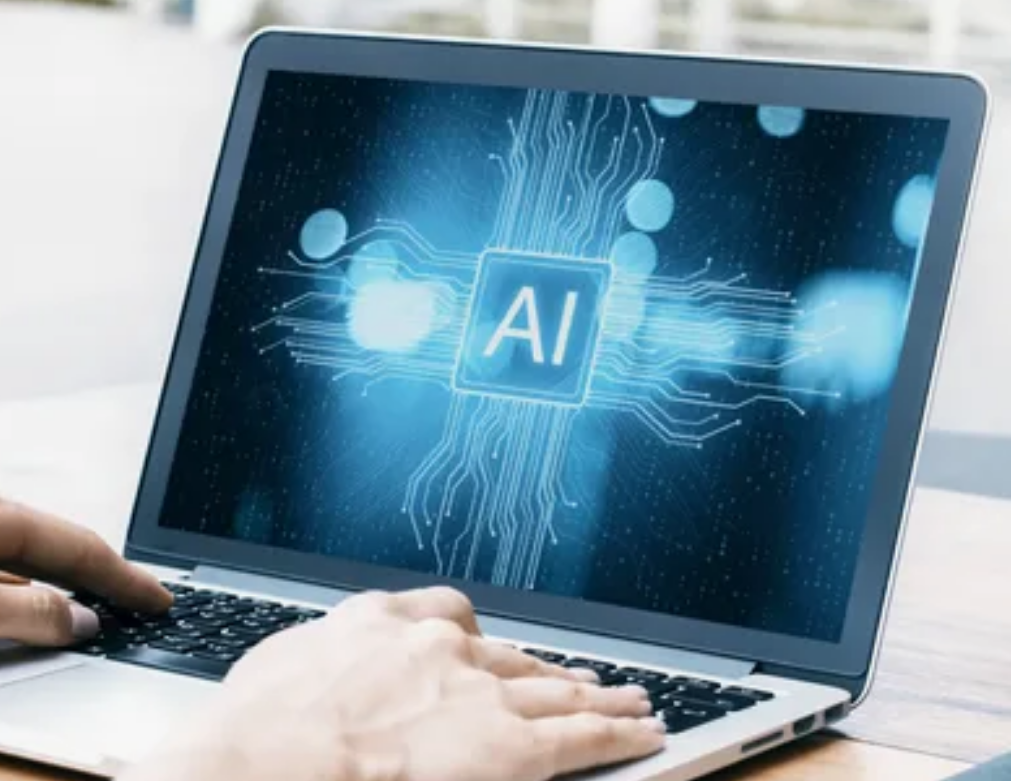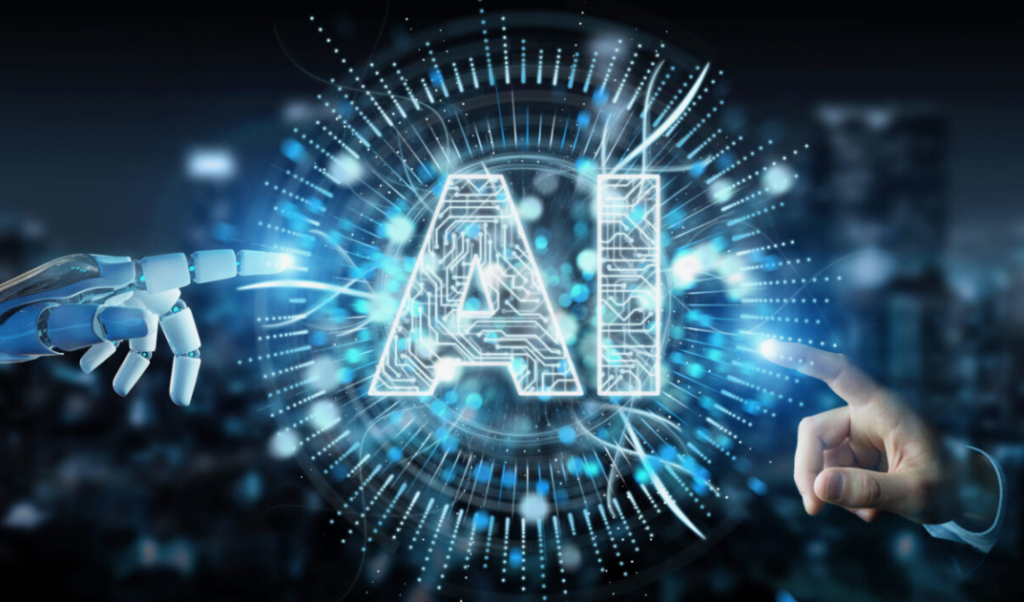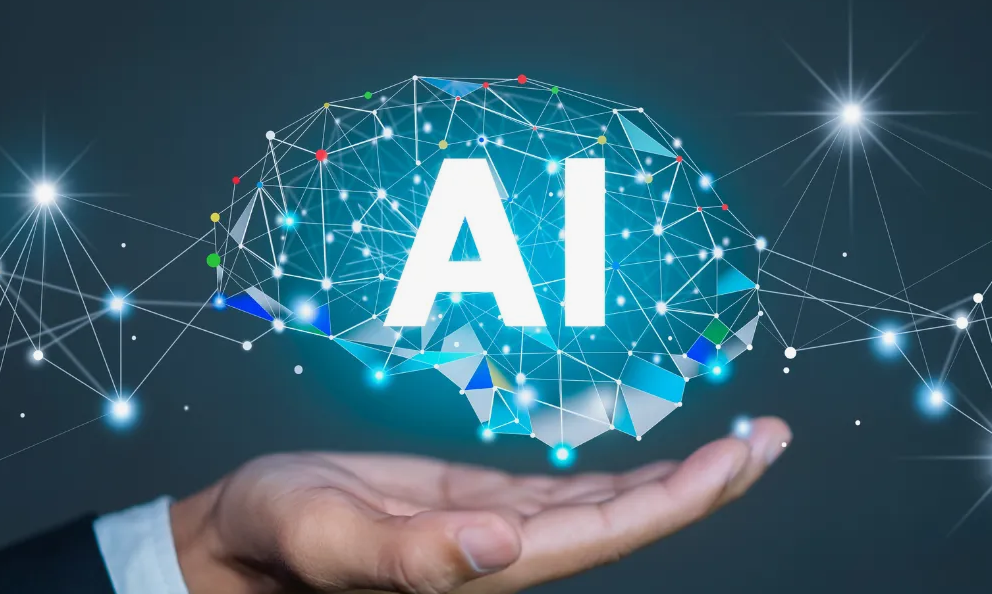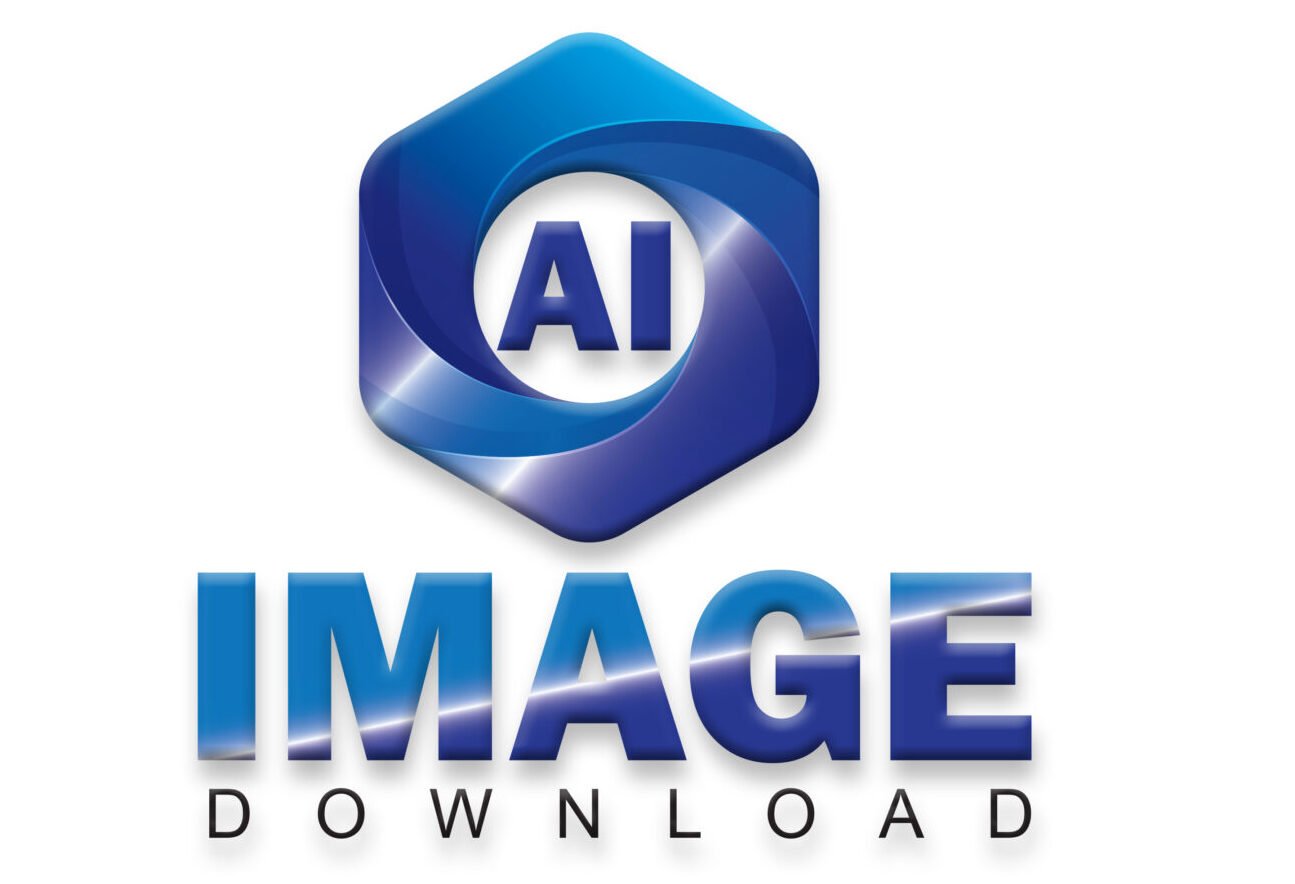The AI Text Detector tool accurately identifies AI-generated, paraphrased, and human-written content within the text. It distinguishes between different types of content effectively. In the digital age, ensuring the authenticity and originality of written content is paramount. The AI Text Detector tool, a cutting-edge technology, plays a vital role in detecting AI-generated and paraphrased content within texts. With a high confidence rate, this tool can identify potential plagiarism and provide valuable insights into the origin of the text.
By utilizing advanced algorithms and machine learning techniques, the AI Text Detector helps users differentiate between human-written and AI-generated content, contributing to maintaining integrity and credibility in the digital content landscape.
AI Text Detector

The Evolution of AI Text Detection
AI text detector tools have evolved significantly over the years, with advancements in technology and the integration of machine learning. From rule-based systems to the impact of deep learning on text detection, the journey of AI text detection has seen remarkable progression.
From Rule-based Systems To Machine Learning
The evolution of AI text detection began with rule-based systems, which relied on predefined patterns and rules to identify and analyze text. However, these systems had limitations in handling complex and diverse textual data. With the advent of machine learning, AI text detectors were empowered with the ability to learn from data and improve their performance over time. This shift revolutionized the accuracy and efficiency of text detection, making AI text detector-free tools more reliable and adaptable.
Impact of Deep Learning on Text Detection
Deep learning has significantly impacted AI text detection by enabling the development of sophisticated neural networks capable of processing and understanding text at a deeper level. This breakthrough has empowered AI text detectors to recognize complex patterns, semantics, and context within textual data, leading to more accurate and nuanced detection capabilities. As a result, AI text detector-free tools have become more adept at distinguishing between human-generated content and AI-generated text, contributing to the ongoing efforts to humanize AI text.
Key Components of AI Text Detection
AI text detection involves advanced technologies and methodologies to identify and analyze text content, distinguishing between human-written and AI-generated text. The key components of AI text detection include Natural Language Processing (NLP) and Computer Vision Techniques.
Natural Language Processing (NLP)
Natural Language Processing (NLP) is a fundamental component of AI text detection, enabling machines to understand, interpret, and generate human language. NLP techniques, such as sentiment analysis, named entity recognition, and language modeling, play a crucial role in identifying patterns and characteristics specific to AI-generated text.
Computer Vision Techniques
Computer Vision Techniques are essential in AI text detection, allowing machines to process and analyze visual information from text, including handwriting recognition and document layout analysis. These techniques enable the detection of AI-generated text within images and scanned documents, enhancing the overall accuracy of text detection algorithms.
Applications of AI Text Detection
AI text detection has various applications that are revolutionizing the way we interact with and analyze textual information. From document analysis and classification to text extraction from images, AI text detection tools are enhancing efficiency and accuracy across multiple domains.

Document Analysis and Classification
AI text detection plays a crucial role in document analysis and classification. It enables the automatic categorization of documents based on their content, allowing organizations to efficiently manage and retrieve large volumes of textual data. By leveraging AI algorithms, businesses can streamline their document processing workflows and gain valuable insights from the classified information, ultimately improving decision-making processes.
Text Extraction From Images
Another significant application of AI text detection is in extracting textual information from images. By utilizing advanced machine learning models, AI text detector tools can accurately identify and extract text embedded within images, making it easier to digitize and analyze handwritten or printed text. This capability has diverse applications, ranging from automating data entry tasks to enhancing accessibility for visually impaired individuals.
Challenges In AI Text Detection
AI text detection has become increasingly important in today’s digital age. It helps detect plagiarism, identifies AI-generated text, and ensures that the content is original and not copied from other sources. However, several challenges come with AI text detection. Let’s take a look at some of these challenges:
Handling Multilingual Texts
The first challenge in AI text detection is handling multilingual texts. With globalization, it has become common to find content in different languages. However, most AI text detection tools are trained to work with one or two languages. This means that detecting plagiarism or AI-generated text in multilingual content can be difficult. Therefore, it is essential to have an AI text detector that can handle different languages.
Dealing With Handwritten Text
Another significant challenge in AI text detection is dealing with handwritten text. Handwritten text can be challenging to read and analyze, and most AI text detection tools are not designed to handle it. This means that detecting plagiarism or AI-generated text in handwritten content can be challenging. Therefore, it is essential to have an AI text detector that can handle handwritten content.
Overall, AI text detection has revolutionized the way we detect plagiarism and AI-generated text. However, several challenges come with it. Handling multilingual texts and dealing with handwritten text are some of the significant challenges in AI text detection. Therefore, it is essential to have an AI text detector that can handle these challenges.
Ethical Considerations In AI Text Detection
Ethical considerations in AI text detection are crucial to prevent misuse and ensure privacy. The development of AI text detector tools should adhere to ethical guidelines and transparency to build trust and protect user data. Striking a balance between innovation and ethical responsibility is essential in the evolving field of AI text detection.
Ethical Considerations in AI Text Detection As AI text detection tools become more advanced, there are growing concerns about the ethical implications of their use. While these tools can help identify plagiarized or AI-generated content, there are also privacy concerns and potential issues with bias and fairness. It is important to consider these ethical considerations when using AI text detection tools. Privacy Concerns One of the main ethical considerations in AI text detection is privacy. When using these tools, it is important to consider the privacy of the individuals whose text is being analyzed. This is particularly important when dealing with sensitive information, such as medical records or legal documents. It is important to ensure that the data is being stored securely and that the tool is not accessing any information that it should not be. Bias and Fairness Issues Another ethical consideration in AI text detection is bias and fairness. AI algorithms can sometimes perpetuate biases that exist in society, such as racial or gender biases. When using these tools, it is important to ensure that they are not perpetuating any biases and that they are fair to all users. This can be done by testing the tool on a diverse set of texts and ensuring that it is not producing biased results. In conclusion, while AI text detection tools can help identify AI-generated or plagiarized content, it is important to consider the ethical implications of their use. Privacy concerns and bias and fairness issues must be taken into account to ensure that these tools are being used ethically and responsibly.
Future Trends In AI Text Detection
As AI continues to advance, the future of AI text detection holds promising developments that will significantly impact various industries. From integration with augmented reality to advancements in OCR technology, the landscape of AI text detection is evolving rapidly to meet the growing demands of the digital age.
Integration With Augmented Reality (ar)
The integration of AI text detection with augmented reality (AR) is poised to revolutionize the way we interact with our surroundings. With AR glasses and devices becoming more prevalent, AI-powered text detection will enable real-time translation, information overlays, and enhanced user experiences. This seamless integration will bridge the physical and digital worlds, opening up new possibilities for education, navigation, and entertainment.
Advancements In OCR Technology
OCR (Optical Character Recognition) technology is undergoing significant advancements, bolstering AI text detection capabilities. Improved OCR algorithms and deep learning models are enhancing the accuracy and speed of text recognition in images, scanned documents, and video frames. These advancements are empowering businesses to extract valuable insights from unstructured data and streamline their document management processes with greater efficiency.
Case Studies of AI Text Detection
When it comes to AI text detection, case studies provide valuable insights into the practical applications and benefits of this technology. From automated translation services to real-time text recognition, AI text detection has revolutionized various industries and workflows. Let’s delve into some compelling case studies that showcase the power and versatility of AI text detection.
Automated Translation Services
The integration of AI text detection in automated translation services has significantly improved the accuracy and efficiency of language translation. By leveraging the best AI detector technology, translation platforms can swiftly identify and translate AI-generated content, ensuring seamless communication across different languages.

Real-time Text Recognition
Real-time text recognition powered by undetectable AI has transformed the way businesses handle data entry, document processing, and information retrieval. With the capability to quickly and accurately identify AI-generated text, real-time text recognition systems enhance productivity and streamline workflows in various sectors.
Frequently Asked Questions
How Does The AI Text Detector Tool Identify AI-generated Content?
The AI Text Detector uses advanced algorithms to analyze text patterns, distinguishing between AI-generated, paraphrased, and human-written content. It employs a multi-stage methodology for accurate detection.
What makes gptzero a leading AI detector for text analysis?
GPTZero is renowned for its precision in detecting AI-written content, especially from large language models like ChatGPT. It focuses on sentence-level analysis, ensuring thorough identification.
How can the AI content detector tool help identify plagiarism?
Platforms like Copyleaks’ AI Content Detector excel in detecting potentially plagiarized or paraphrased text with high confidence. It aids in maintaining originality and integrity in content creation.
What is the key function of Undetectable AI in text analysis?
Undetectable AI specializes in detecting AI-generated text and enhancing its human-like quality. Through machine learning techniques, it transforms AI content for a more authentic reading experience.
Conclusion
In detecting AI-generated content, our tool flags patterns in text effectively. With a high confidence rate, we identify potential plagiarism and paraphrasing. Our multi-stage methodology ensures accurate results in determining the origin of AI-written text. Detect AI content seamlessly with our user-friendly tool.

